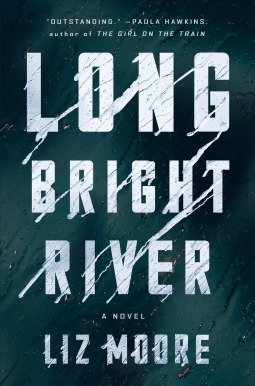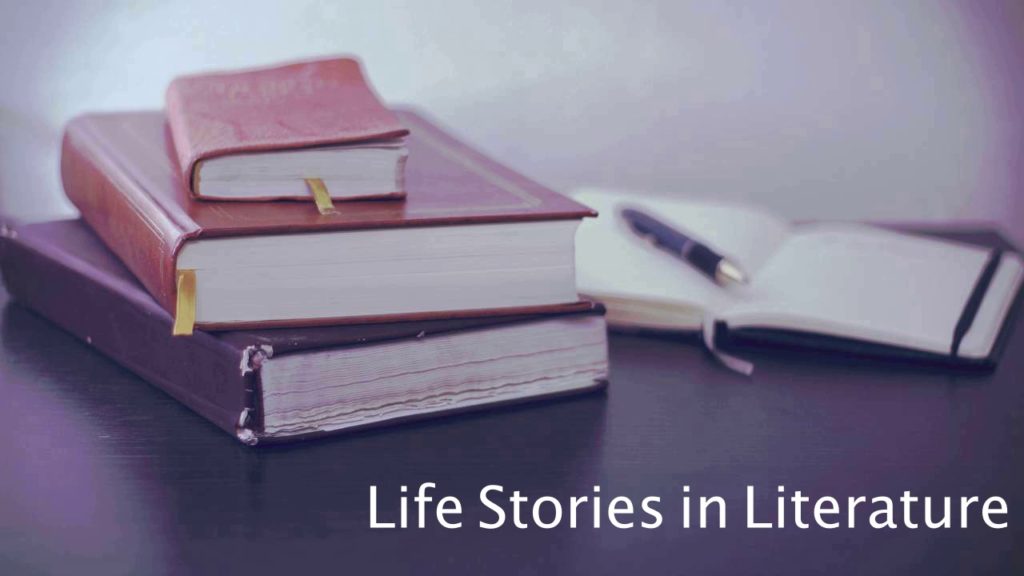Long Bright River by Liz Moore
- Riverhead Books, 2020
- Hardcover, 482 pages
- ISBN 978-0-525-54067-0
Highly Recommended

Set in the Kensington section of Philadelphia, Long Bright River humanizes the problems U.S. cities and their residents struggle with. Formerly a center of business and industry, Kensington is now home to abandoned and decaying former warehouses and factories, remnants of an earlier era when commerce and industry flourished.
As the novel opens, a police dispatcher announces discovery of a young woman’s body in the Kensington area. A female police officer, followed by a male officer in training, approaches the body, praying to herself that it’s not her sister. The female officer is Michaela “Mickey” Fitzpatrick, age 32. Her sister—whose body this is not—is Kacey, a bit more than a year younger than her sister. They grew up in this area and used to be close, but over the past several years they’ve grown apart as their paths diverged.
Author Liz Moore presents these two women as a means to examine what life is like for people who live in such areas. The sisters have taken opposite approaches to what life here has to offer them. Mickey, the good girl, excelled in school and joined the police department. The more rebellious Kacey, now a drug addict, lives on the streets.
Despite their differences, Mickey tries to keep tabs on Kacey. The bodies of addicts who’ve overdosed are not unusual in the area, but this most recent death is homicide by strangulation. As the body count of similar deaths goes up, Mickey searches for Kacey, whose street friends report that she’s been missing for a month. The novel is built on a traditional mystery framework: Who is killing these young women, and where is Kacey? But as the story unfolds, it takes on a social context in its comparison of the two sisters’ lives.
In alternating sections between “then” and “now,” the novel examines the early lives of both Mickey and Kacey. The girls’ mother, Lisa, got pregnant at age 18. After the birth of her daughters, Lisa got addicted to drugs and died when Mickey was about 6. The girls were raised by their grandmother, Lisa’s mother, whom they call Gee. Their father, also an addict, disappeared 4 years after Lisa’s death.
As young girls, Mickey and Kacey both found life with their grandmother nearly unbearable. Gee constantly hurled verbally abusive accusations at the girls, complaining how hard she has to work to support them and how much extra work they cause her. (I found it difficult to read some of the invective this woman inflicted on her granddaughters.) This experience led both girls to get out of Gee’s house as soon as they could. Mickey was accepted to two Philadelphia colleges, but Gee refused to fill out the forms for financial aid; Mickey moved out at age 18 and attended community college until joining the police force at age 20. Kacey misbehaved and overtly defied her grandmother so much that Gee finally threw her out at age 16.
As young children, both Mickey and Kacey attended the only available day-care program, which was staffed by the Police Athletic League. Kacey dropped out in early adolescence, but Mickey attended throughout adolescence. In this, the only social-service organization in the area, Mickey was groomed by Simon, a police officer in his late 20’s whom she continued to see outside the PAL. In the novel’s present, Simon is the father of Mickey’s four-year-old son.
As Mickey searches for Kacey, she thinks about how differently she and her sister have reacted to the conditions of their lives. Kacey attributes her problems to a difficult childhood, to parents who abandoned her and a grandmother who “never loved her, and may in fact have disliked her” (p. 77). But, Mickey reasons, she came from the same background; she insists that she made better choices than Kacey did.
In fact, it is possible to argue, I believe—if we were to evaluate who had the more difficult childhood, whatever that may mean—one might find the balance tipped toward me.
I say this because, of the two of us, I am the only one with memories of our mother, and very fond ones at that. Therefore, the loss of our mother was difficult for me in a way that it would not have been for Kacey, who was too little, while our mother was alive, to recall her.
(p. 77)
However, by the end of the novel Mickey has changed her mind. She realizes that she has memories of loving experiences with their mother before she died, whereas the younger Kacey has no such personal memories. Mickey now realizes that perhaps those memories protected her from making the kinds of mistakes Kacey has made.
The strength of Long Bright River is that it doesn’t simply skim the surface of social issues such as homelessness, drug addiction, and poverty. This is the first novel I remember reading that tackles the issue of intergenerational trauma, trauma that is passed from one generation to the next. Even Gee, who grew up in Kensington, has been victimized. She has watched as the region began changing from the family-oriented neighborhoods in which she grew up to the decaying, poverty-ridden area it is now. The novel shows how these societal changes have affected four generations: (1) Gee; (2) Gee’s daughter, Lisa; (3) Lisa’s daughters, Mickey and Kacey; and (4) Mickey’s four-year old son.
Finally, the novel makes us feel some empathy even toward Gee, despite her hatefulness toward Mickey and Kacey. She has never been able to mourn the loss of her daughter and has therefore deflected her grief and anger toward the other people in her life. She blames Lisa’s husband for her addicted and resulting death, and has therefore poisoned her granddaughters against their father and kept them from knowing him. And she has focused her energy on resenting her granddaughters as a burden caused by their mother’s death. None of this excuses her horrid behavior toward the girls, but it is psychologically realistic.
When the COVID-19 epidemic hit in early March of 2020, I, like a lot of other people, found that I couldn’t concentrate long enough to either read or write. When I finally felt ready to read something other than the continuous onslaught of articles about the virus, I knew I’d need a very good novel to hold my attention. I chose the then recently released Long Bright River, which turned out to be a very good novel—and then some. It’s a prime example of how reading helps us understand life.
© 2024 by Mary Daniels Brown

